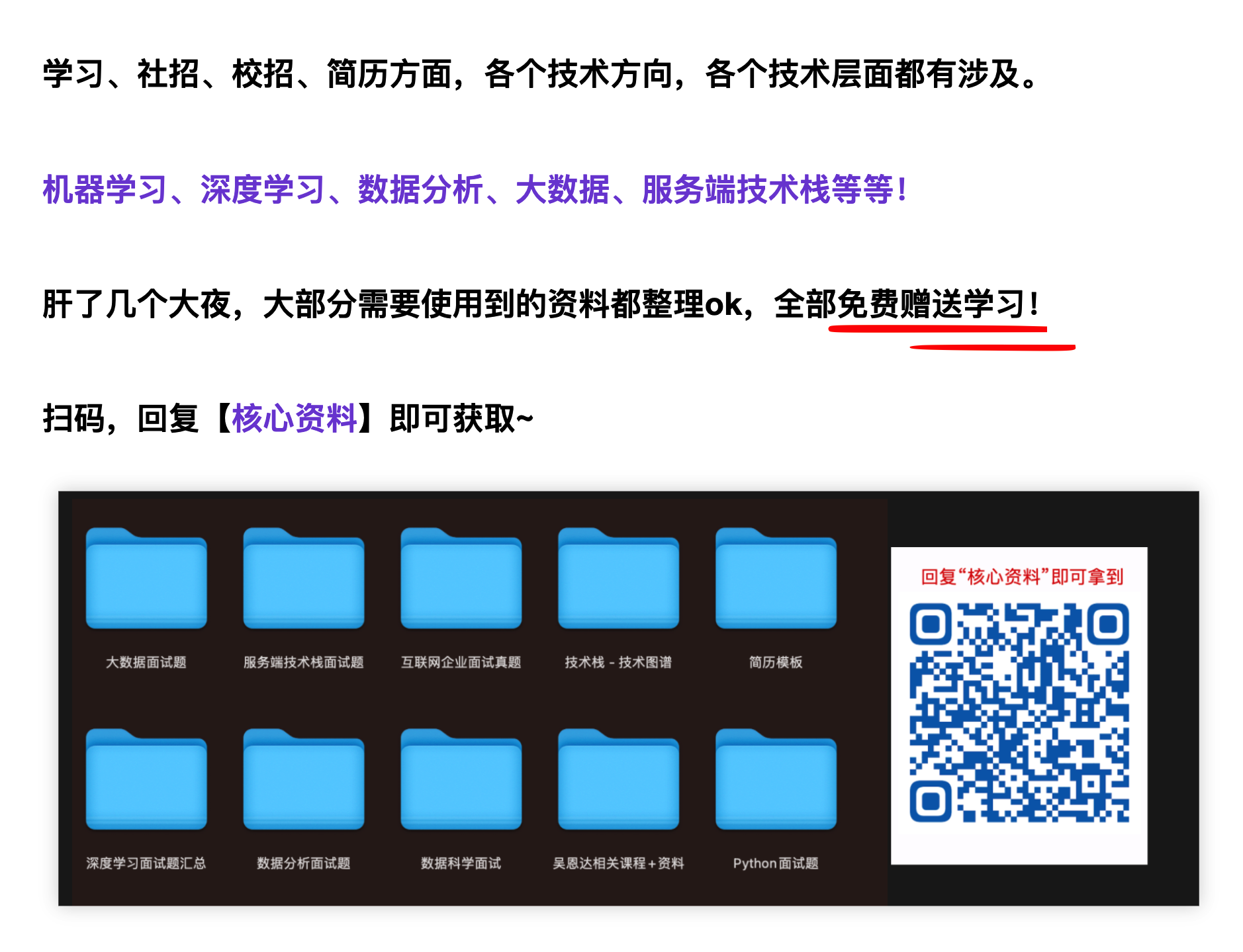背景:
公司运营部门需要将系统导出的数据(所有门店数据都在一个Sheet里)按门店(机构代码或机构名称)拆分到不同的Workbook(工作簿)文件里发给每个门店。
思路:
之前写过合并不同Workbook(工作簿)到一个Sheet(工作表)里,用python+pandas或python+xlwings,前者更好用,这次拆分就是它的逆向过程,所以在之前的基础上修改就好了。
先创建两个空文件夹一个存需拆分的源文件,一个存拆分好的结果文件,用pandas读取源文件,根据条件筛选出符合条件的数据,按门店(机构代码或机构名称)创建结果文件并保存,为方便没有编程知识的人使用,所有要借助pyside2加上操作界面,并打包成exe可执行程序。
代码:
split_excel.py 拆分excel的功能代码
import numpy as np
import pandas as pd
import xlrd
import os
import xlwings as xw
def split_sheet(source_file,result_file,condition):
# 需拆分文件存放的文件夹
root_path = source_file
# 拆分结果文件存放的文件夹
save_path = result_file
#显示所有列
# pd.set_option('display.max_columns', None)
# #显示所有行
# pd.set_option('display.max_rows', None)
# #设置value的显示长度为100,默认为50
# pd.set_option('max_colwidth',100)
cont = os.listdir(root_path)
print(cont)
for i in range(0,len(cont)):
# 获取需拆分文件夹路径
root = root_path
filename = os.path.join(root,cont[i])
print(filename)
df = pd.read_excel(filename,header = 0) # 读取 ,index_col = 0
# 获取拆分依据
df1 = df[condition]
md = list(dict.fromkeys(list(df1)))
# writer = pd.ExcelWriter(save_path)
for x in md :
# 创建保存文件路径
save_file = os.path.join(save_path,str(x)+".xlsx")
writer = pd.ExcelWriter(save_file)
# 筛选
df2 = df[df[condition]==str(x)]
# 写入文件
df2.to_excel(index = False , excel_writer=writer,sheet_name=str(x),startcol=0,startrow=0)
# 保存结果
writer.save()
# writer.close()
# 关闭
writer.close()
easy.ui 用pyside2 的designer设计的操作界面文件
<?xml version="1.0" encoding="UTF-8"?>
<ui version="4.0">
<class>MainWindow</class>
<widget class="QMainWindow" name="MainWindow">
<property name="geometry">
<rect>
<x>0</x>
<y>0</y>
<width>662</width>
<height>516</height>
</rect>
</property>
<property name="windowTitle">
<string>MainWindow</string>
</property>
<widget class="QWidget" name="centralwidget">
<widget class="QPushButton" name="pushButton">
<property name="geometry">
<rect>
<x>240</x>
<y>300</y>
<width>151</width>
<height>81</height>
</rect>
</property>
<property name="text">
<string>开始处理</string>
</property>
</widget>
<widget class="QLineEdit" name="lineEdit">
<property name="geometry">
<rect>
<x>160</x>
<y>60</y>
<width>331</width>
<height>20</height>
</rect>
</property>
</widget>
<widget class="QLineEdit" name="lineEdit_2">
<property name="geometry">
<rect>
<x>160</x>
<y>100</y>
<width>331</width>
<height>20</height>
</rect>
</property>
</widget>
<widget class="QLineEdit" name="lineEdit_3">
<property name="geometry">
<rect>
<x>160</x>
<y>180</y>
<width>141</width>
<height>31</height>
</rect>
</property>
</widget>
<widget class="QLabel" name="label">
<property name="geometry">
<rect>
<x>70</x>
<y>50</y>
<width>191</width>
<height>41</height>
</rect>
</property>
<property name="text">
<string>源文件夹路径:</string>
</property>
</widget>
<widget class="QLabel" name="label_2">
<property name="geometry">
<rect>
<x>60</x>
<y>90</y>
<width>161</width>
<height>31</height>
</rect>
</property>
<property name="text">
<string>结果文件夹路径:</string>
</property>
</widget>
<widget class="QPushButton" name="pushButton_2">
<property name="geometry">
<rect>
<x>530</x>
<y>60</y>
<width>75</width>
<height>23</height>
</rect>
</property>
<property name="text">
<string>选择</string>
</property>
</widget>
<widget class="QPushButton" name="pushButton_3">
<property name="geometry">
<rect>
<x>530</x>
<y>100</y>
<width>75</width>
<height>23</height>
</rect>
</property>
<property name="text">
<string>选择</string>
</property>
</widget>
<widget class="QLabel" name="label_3">
<property name="geometry">
<rect>
<x>70</x>
<y>160</y>
<width>91</width>
<height>71</height>
</rect>
</property>
<property name="text">
<string>筛选条件标题:</string>
</property>
</widget>
</widget>
<widget class="QMenuBar" name="menubar">
<property name="geometry">
<rect>
<x>0</x>
<y>0</y>
<width>662</width>
<height>23</height>
</rect>
</property>
</widget>
<widget class="QStatusBar" name="statusbar">
</widget>
<resources>
<connections>
</connections></resources></widget></ui>
pyside2_split_excel.py 将功能代码与操作界面关联起来
# # -*- coding: utf-8 -*-
from PySide2.QtWidgets import QApplication, QMessageBox,QFileDialog
from PySide2.QtUiTools import QUiLoader
import split_excel
from time import sleep
from threading import Thread
class Stats:
def __init__(self):
# 从文件中加载UI定义
# 从 UI 定义中动态 创建一个相应的窗口对象
# 注意:里面的控件对象也成为窗口对象的属性了
# 比如 self.ui.button , self.ui.textEdit
self.ui = QUiLoader().load('./easy.ui')
self.filePath = self.ui.pushButton_2.clicked.connect(self.send_signal1)
self.filePath2 = self.ui.pushButton_3.clicked.connect(self.send_signal2)
self.ui.pushButton.clicked.connect(self.satrt_split)
def send_signal1(self):
filePath = QFileDialog.getExistingDirectory(self.ui, "选择【源文件】存储路径")
self.ui.lineEdit.setText(filePath)
def send_signal2(self):
filePath2 = QFileDialog.getExistingDirectory(self.ui, "选择【结果文件】存储路径")
self.ui.lineEdit_2.setText(filePath2)
def satrt_split(self):
self.ui.pushButton.setEnabled(False)
def workerThreadFunc():
source_file = self.ui.lineEdit.text()
result_file = self.ui.lineEdit_2.text()
condition = self.ui.lineEdit_3.text()
split_excel.split_sheet(source_file,result_file,condition)
self.ui.pushButton.setEnabled(True)
worker = Thread(target=workerThreadFunc)
worker.start()
app = QApplication([])
stats = Stats()
stats.ui.show()
app.exec_()
打包好的程序已上传CSDN:
Original: https://blog.csdn.net/CSDN1120628290/article/details/123362963
Author: csdn1120628290
Title: python3+pandas+pyside2拆分Excel(工作表)到不同的工作簿(Workbook)
相关阅读
Title: Tensorflow 2.9.1安装笔记
CPU:i7-4790k
显卡:GTX2060
Cuda 版本:11.3
Cunn版本: 11.6
Python版本:3.7.7
不想用anacoda,直接装 tensorflow
1.准备工作
- 安装python3.7.7(之前安装好的)
可以根据需要安装相应的版本,不建议安装最新版,python版本之间的代码兼容度不好。3.6~3.8可能比较合适。
我安装的是11.3版本。
deviceQuery.exe 和 bandwithTest.exe测试通过。
- 下载Tensorflow
我下载的是 tensorflow-2.9.1-cp37-cp37m-win_amd64.whl
- 安装组件
安装Tensorflow之前,安装好以下支持模块
A.Numpy: pip install numpy -i https://pypi.tuna.tsinghua.edu.cn/simple
B.mkl: pip install mkl -i https://pypi.tuna.tsinghua.edu.cn/simple
C.protobuf pip install protobuf -i https://pypi.tuna.tsinghua.edu.cn/simple
2.安装Tensorflow
把 tensorflow-2.9.1-cp37-cp37m-win_amd64.whl 放到d盘根目录,打开命令行并转到D:\
pip install tensorflow-2.9.1-cp37-cp37m-win_amd64.whl -i https://pypi.tuna.tsinghua.edu.cn/simple
这样在安装过程中加载其他模块的时候,速度会非常快。
3.测试
import tensorflow as tf
print("Tensorflow version:")
print(tf.__version__)
print("CPU/GPU devices for Tensorflow:")
gpus = tf.config.experimental.list_physical_devices(device_type='GPU')
cpus = tf.config.experimental.list_physical_devices(device_type='CPU')
print(gpus)
print(cpus)
运行结果:
Tensorflow version:
2.9.1
CPU/GPU devices for Tensorflow:
[PhysicalDevice(name='/physical_device:GPU:0', device_type='GPU')]
[PhysicalDevice(name='/physical_device:CPU:0', device_type='CPU')]
至此安装完毕。
IDE可以使用Visual Studio Code(小规模测试)
或者Pycharm(程序较大很方便)
Original: https://blog.csdn.net/st01lsp/article/details/125294794
Author: st01lsp
Title: Tensorflow 2.9.1安装笔记
